Home>Furniture & Design>Interior Design Trends>What Is Flint Glass


Interior Design Trends
What Is Flint Glass
Modified: March 2, 2024
Discover the latest interior design trends with our guide to flint glass, a versatile material that adds elegance and sophistication to any space. Explore innovative ways to incorporate this timeless element into your home decor.
(Many of the links in this article redirect to a specific reviewed product. Your purchase of these products through affiliate links helps to generate commission for Storables.com, at no extra cost. Learn more)
Introduction
Flint glass, also known as lead glass, is a type of high-refractive-index glass that has been a staple in the world of glassmaking for centuries. Its name originates from the flint nodules used by glassmakers in the 17th century to produce the glass. This unique glass variety gained prominence due to its exceptional optical properties, making it a preferred choice for crafting lenses, prisms, and other optical instruments.
Flint glass is distinguished by its high lead content, which enhances its refractive index, resulting in superior light-bending capabilities. This characteristic makes it invaluable in the production of precision optical components, such as camera lenses, microscopes, and telescopes. The lead content also contributes to the glass's brilliance and clarity, making it a popular choice for creating exquisite glassware and decorative items.
Over the years, flint glass has evolved to encompass various compositions, each tailored to specific applications. While the traditional lead oxide and silica composition remains prevalent, modern variations may incorporate other elements to achieve desired characteristics, such as increased durability or resistance to environmental factors.
The allure of flint glass lies not only in its optical prowess but also in its aesthetic appeal. Its ability to sparkle and refract light with unparalleled brilliance has made it a sought-after material for creating ornate chandeliers, intricate crystal figurines, and dazzling jewelry pieces. This versatility has cemented flint glass's status as a beloved medium for both functional and decorative purposes.
As we delve deeper into the composition, properties, and uses of flint glass, we will uncover the fascinating intricacies that have solidified its enduring presence in diverse industries and artistic endeavors. Join us on this enlightening journey through the world of flint glass, where innovation and tradition converge to showcase the timeless allure of this remarkable material.
Key Takeaways:
- Flint glass, also known as lead glass, is prized for its exceptional optical properties and captivating brilliance, making it ideal for crafting lenses, prisms, and decorative items.
- With its high lead content, flint glass refracts light with unparalleled sparkle, making it a timeless symbol of elegance and optical excellence in various industries and artistic endeavors.
Read more: What Is A Crystal Glass?
Composition of Flint Glass
Flint glass, renowned for its exceptional optical properties and captivating brilliance, is primarily composed of high lead oxide content, often exceeding 60% of the total composition. This significant lead content is the defining characteristic that sets flint glass apart from other glass types, endowing it with unparalleled refractive index and light-bending capabilities.
In addition to lead oxide, flint glass typically comprises silica (silicon dioxide) as the primary glass-forming component. The combination of lead oxide and silica forms the fundamental structure of flint glass, contributing to its remarkable clarity and luster. The lead content enhances the glass's density and refractive index, allowing it to effectively manipulate light, making it an ideal material for optical applications.
To further refine its properties, flint glass may incorporate additional elements such as potassium oxide, barium oxide, and various metal oxides. These additives serve to modify the glass's characteristics, enhancing its resilience, thermal stability, and resistance to chemical reactions. By carefully adjusting the composition, glassmakers can tailor flint glass to meet specific requirements, ensuring its suitability for diverse applications.
The meticulous balance of lead oxide, silica, and other additives in flint glass is a testament to the intricate craftsmanship involved in its production. This precise formulation is crucial in achieving the desired optical and aesthetic qualities that have made flint glass a cherished material in the realms of optics, decorative arts, and scientific instrumentation.
As the composition of flint glass continues to evolve, modern variations may incorporate innovative materials and refining techniques to enhance its performance and versatility. This ongoing exploration of new compositions and manufacturing processes underscores the enduring relevance of flint glass in contemporary applications, ensuring its enduring legacy as a cornerstone of optical excellence and artistic expression.
Properties of Flint Glass
Flint glass exhibits a remarkable array of properties that distinguish it as a premier material in the realms of optics, decorative arts, and scientific instrumentation. Its composition, characterized by a high lead oxide content and precise formulation, contributes to a host of exceptional attributes that set it apart from other glass types.
Refractive Index:
The defining property of flint glass lies in its exceptionally high refractive index, a result of its substantial lead oxide content. This property enables the glass to effectively bend light, making it invaluable in the production of lenses, prisms, and optical components. The ability of flint glass to manipulate light with precision and clarity has cemented its status as a preferred material for crafting high-quality optical instruments and precision lenses.
Brilliance and Clarity:
Flint glass is renowned for its unparalleled brilliance and clarity, attributed to the presence of lead oxide in its composition. This characteristic imparts a captivating sparkle and luster to the glass, making it a favored medium for creating exquisite glassware, ornate chandeliers, and intricately crafted decorative items. The brilliance of flint glass, coupled with its exceptional light-bending capabilities, elevates it to a coveted material in the realm of artistic expression and functional design.
Read more: What Is Amber Glass
Density and Weight:
The high lead content in flint glass contributes to its increased density and weight compared to other glass types. This density enhances the glass's optical properties, allowing it to effectively manipulate light while imparting a luxurious heft to glassware and decorative pieces. The substantial weight of flint glass adds to its allure, conveying a sense of opulence and sophistication in various applications, from fine crystal figurines to elegant tableware.
Versatility and Adaptability:
Despite its traditional association with optical applications, flint glass has demonstrated remarkable versatility, adapting to diverse uses and artistic expressions. Its ability to refract light with exceptional brilliance has extended its appeal to jewelry making, where it is prized for its captivating sparkle and luminous quality. Additionally, the adaptability of flint glass in withstanding intricate shaping and cutting techniques has made it a favored medium for creating stunning crystal sculptures and ornamental pieces.
Thermal and Chemical Properties:
Flint glass exhibits favorable thermal stability and resistance to chemical reactions, making it suitable for a wide range of applications, including laboratory glassware and scientific instruments. Its ability to maintain clarity and structural integrity under varying environmental conditions underscores its reliability in demanding settings, further solidifying its position as a material of choice in scientific and industrial domains.
In essence, the properties of flint glass, characterized by its high refractive index, brilliance, adaptability, and resilience, underscore its enduring appeal and multifaceted utility across diverse industries and artistic endeavors. This remarkable combination of attributes positions flint glass as a timeless symbol of optical excellence and artistic ingenuity.
Uses of Flint Glass
Flint glass, revered for its exceptional optical properties and captivating brilliance, finds a myriad of applications across diverse industries, ranging from precision optics to decorative arts. Its unique composition, characterized by a high lead oxide content and precise formulation, endows it with a host of qualities that make it indispensable in various contexts.
Read more: What Is EAPG Glass
Optical Instruments and Lenses
The unparalleled refractive index of flint glass makes it an ideal material for crafting precision lenses, prisms, and optical components. Its ability to effectively bend light with clarity and precision has established its prominence in the production of high-quality camera lenses, microscopes, telescopes, and other optical instruments. The optical clarity and light-bending capabilities of flint glass contribute to the superior performance of these instruments, making it a preferred choice for discerning professionals and enthusiasts.
Decorative Glassware and Crystal
Flint glass's brilliance and clarity have made it a favored medium for creating exquisite glassware, ornate chandeliers, and intricately crafted decorative items. Its ability to refract light with unparalleled sparkle and luminosity elevates the aesthetic appeal of glassware, crystal figurines, and decorative pieces, adding a touch of opulence to interior spaces and special occasions. The captivating allure of flint glass has solidified its status as a symbol of elegance and sophistication in the realm of decorative arts.
Jewelry and Ornamental Pieces
The captivating sparkle and luster of flint glass have extended its appeal to the realm of jewelry making, where it is prized for its luminous quality and visual impact. Its brilliance and refractive properties enhance the allure of jewelry pieces, from dazzling pendants to intricately cut gemstones, adding a touch of glamour and sophistication to adornments. Additionally, the adaptability of flint glass in withstanding intricate shaping and cutting techniques has made it a favored medium for creating stunning crystal sculptures and ornamental pieces, showcasing its versatility in artistic expressions.
Scientific and Industrial Applications
Flint glass's favorable thermal stability and resistance to chemical reactions make it suitable for a wide range of scientific and industrial applications. It is utilized in laboratory glassware, optical filters, and specialized scientific instruments where clarity, precision, and durability are paramount. Its reliability in maintaining optical integrity under varying environmental conditions underscores its significance in scientific research, industrial processes, and technological advancements.
In essence, the diverse uses of flint glass, spanning from precision optics to decorative arts and scientific applications, underscore its enduring relevance and multifaceted utility across various domains. Its ability to seamlessly blend functionality with aesthetic appeal positions flint glass as a timeless symbol of optical excellence and artistic ingenuity.
Read more: What Is Pyrex Glass
Comparison with Other Types of Glass
Flint glass stands out prominently when compared to other types of glass due to its distinctive composition and exceptional optical properties. In contrast to soda-lime glass, which is the most common form of glass, flint glass contains a significantly higher lead oxide content, resulting in a substantially higher refractive index. This characteristic sets flint glass apart, making it the preferred choice for crafting precision optical components and lenses.
When compared to borosilicate glass, renowned for its thermal resistance and durability, flint glass excels in its light-bending capabilities and brilliance. While borosilicate glass is favored for laboratory glassware and industrial applications due to its resistance to thermal shock and chemical corrosion, flint glass takes center stage in the realm of optics and decorative arts, where its high refractive index and captivating sparkle are paramount.
In contrast to fused silica glass, prized for its exceptional purity and low thermal expansion, flint glass offers a distinct advantage in its ability to refract light with unparalleled brilliance. Fused silica glass finds its niche in precision optics and high-temperature applications, while flint glass shines in the creation of ornate chandeliers, decorative glassware, and precision lenses, where its optical prowess and aesthetic allure take precedence.
Compared to lead-free crystal glass, which seeks to replicate the brilliance of flint glass without lead content, flint glass maintains its supremacy in optical applications and decorative arts due to its unparalleled refractive index and luminous quality. While lead-free crystal glass caters to health and environmental concerns, flint glass continues to be cherished for its timeless elegance and optical excellence, making it an irreplaceable material in the creation of fine glassware, crystal figurines, and jewelry pieces.
In essence, the comparison of flint glass with other glass types underscores its unique position as a material of unparalleled optical brilliance and aesthetic allure. Its high lead oxide content and exceptional refractive index set it apart, ensuring its enduring relevance in the realms of precision optics, decorative arts, and scientific instrumentation.
Conclusion
In conclusion, the enduring allure of flint glass, with its rich history and remarkable properties, continues to captivate and inspire across diverse industries and artistic endeavors. From its origins rooted in the meticulous craftsmanship of glassmakers to its evolution into a versatile and cherished material, flint glass stands as a testament to the seamless fusion of optical excellence and aesthetic brilliance.
The composition of flint glass, characterized by its high lead oxide content and precise formulation, underpins its exceptional refractive index, brilliance, and adaptability. This unique combination of properties has positioned flint glass as an indispensable medium for crafting precision optical instruments, decorative glassware, ornamental pieces, and jewelry of unparalleled allure.
The properties of flint glass, including its ability to refract light with precision, its captivating brilliance and clarity, and its resilience in diverse environmental conditions, underscore its multifaceted utility and enduring relevance. Whether in the creation of high-quality lenses and prisms for optical instruments, the crafting of exquisite crystal figurines and chandeliers, or the adornment of jewelry pieces with luminous gemstones, flint glass continues to elevate the realms of artistry and functionality.
In comparison to other glass types, flint glass stands out for its high lead oxide content and exceptional optical properties, setting it apart as a material of unparalleled brilliance and allure. While other glass types excel in specific attributes such as thermal resistance, purity, or environmental considerations, flint glass remains unrivaled in its ability to seamlessly blend optical excellence with aesthetic appeal, making it a timeless symbol of ingenuity and elegance.
As we reflect on the enduring legacy of flint glass, it becomes evident that its significance transcends mere materiality. It embodies a convergence of artistry, innovation, and tradition, weaving a narrative of timeless elegance and optical mastery. The enduring appeal of flint glass lies not only in its optical prowess but also in its ability to evoke a sense of wonder and sophistication, enriching the fabric of human creativity and technological advancement.
In essence, flint glass stands as a beacon of ingenuity, casting a luminous legacy that continues to illuminate the realms of optics, decorative arts, and scientific exploration. Its enduring allure and multifaceted utility ensure that flint glass will continue to shine brightly, inspiring generations to come with its timeless brilliance and captivating charm.
Frequently Asked Questions about What Is Flint Glass
Was this page helpful?
At Storables.com, we guarantee accurate and reliable information. Our content, validated by Expert Board Contributors, is crafted following stringent Editorial Policies. We're committed to providing you with well-researched, expert-backed insights for all your informational needs.


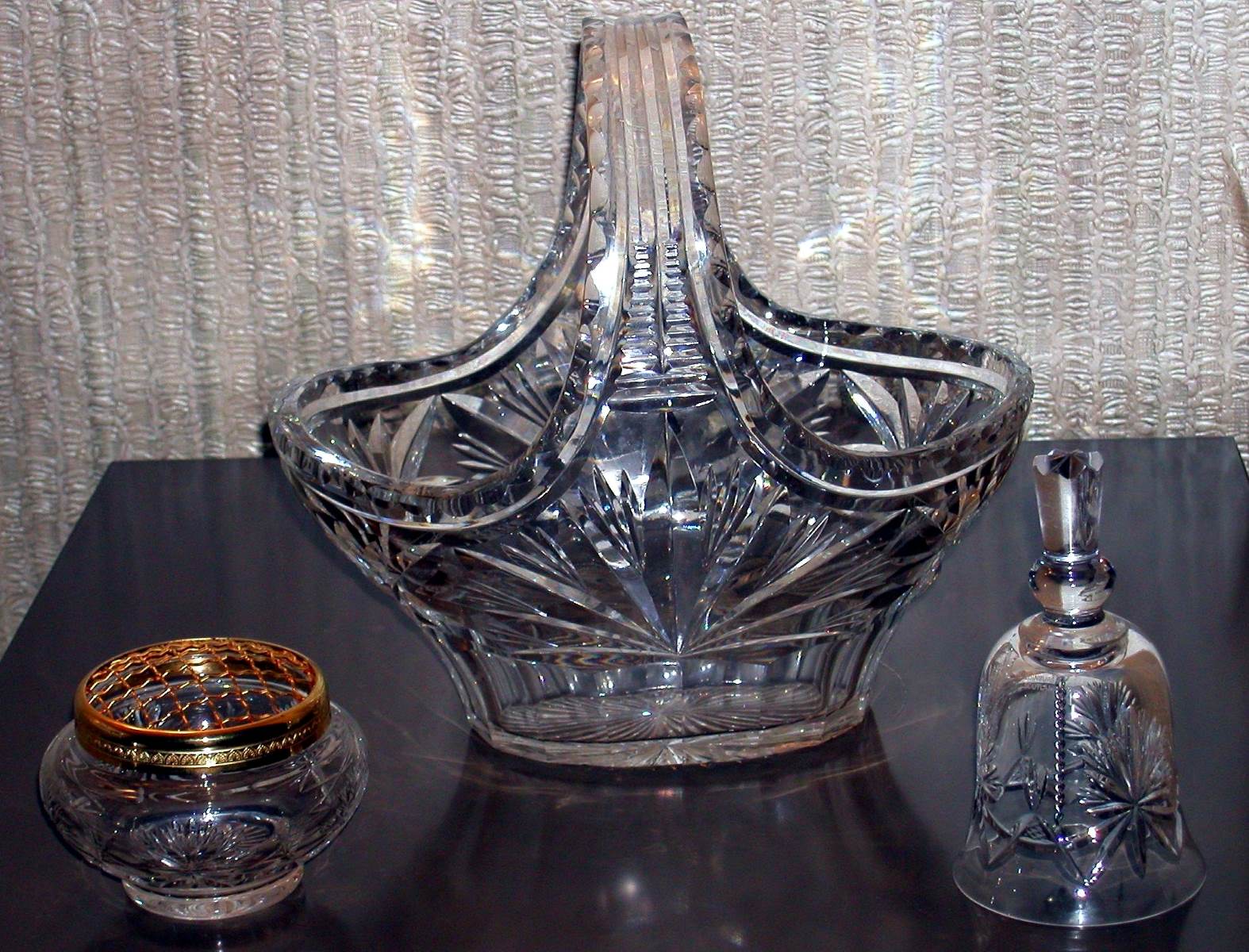
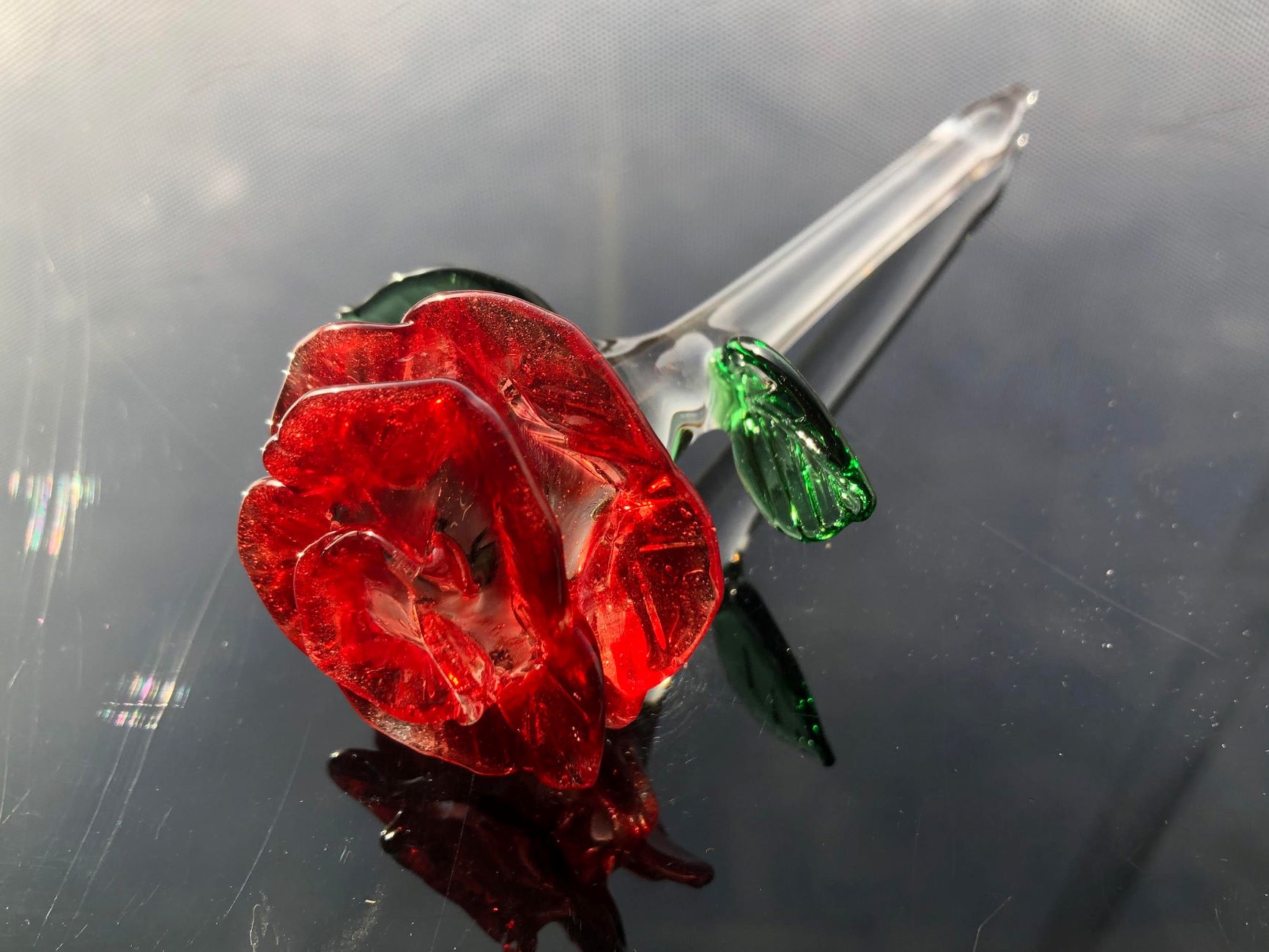

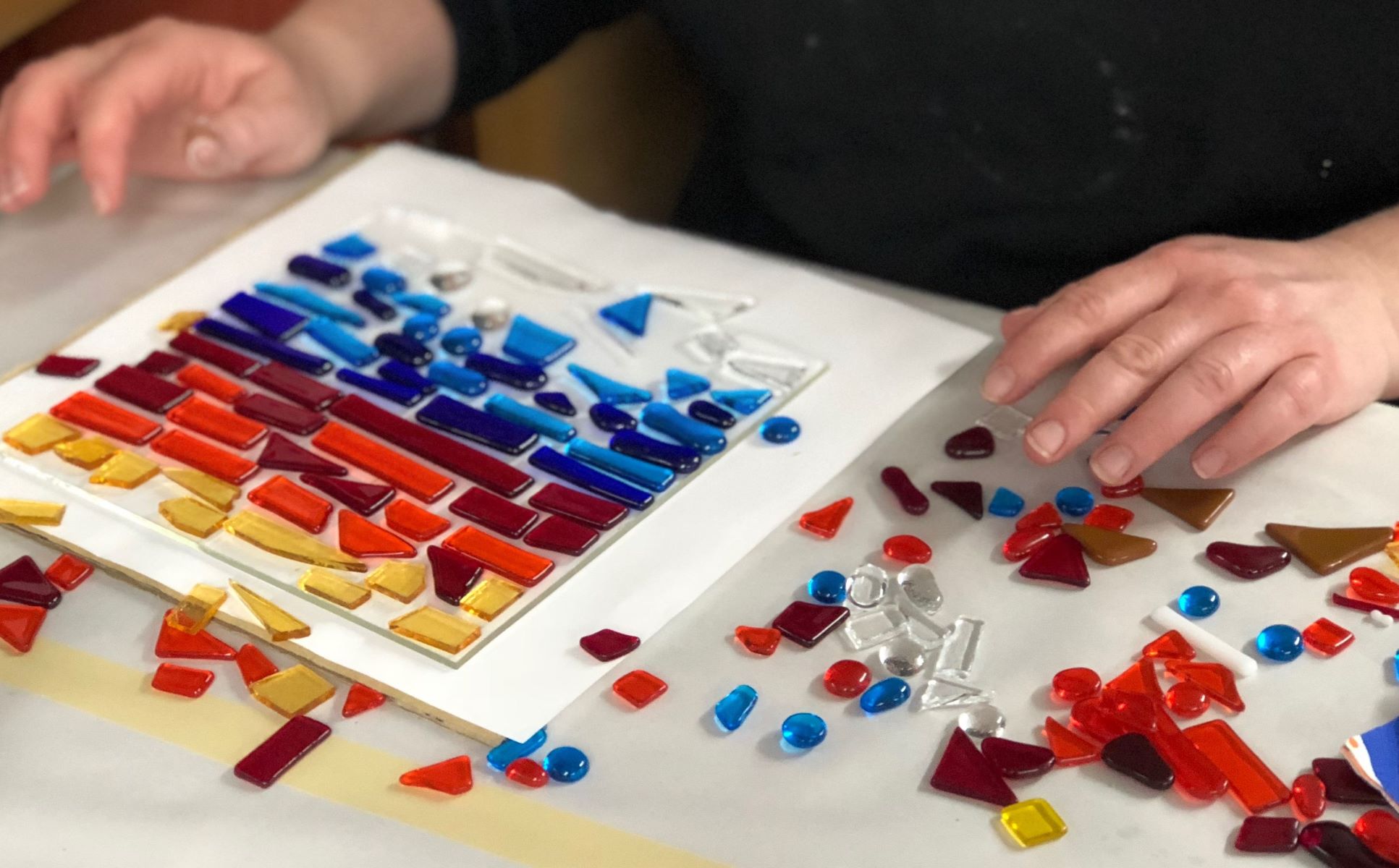

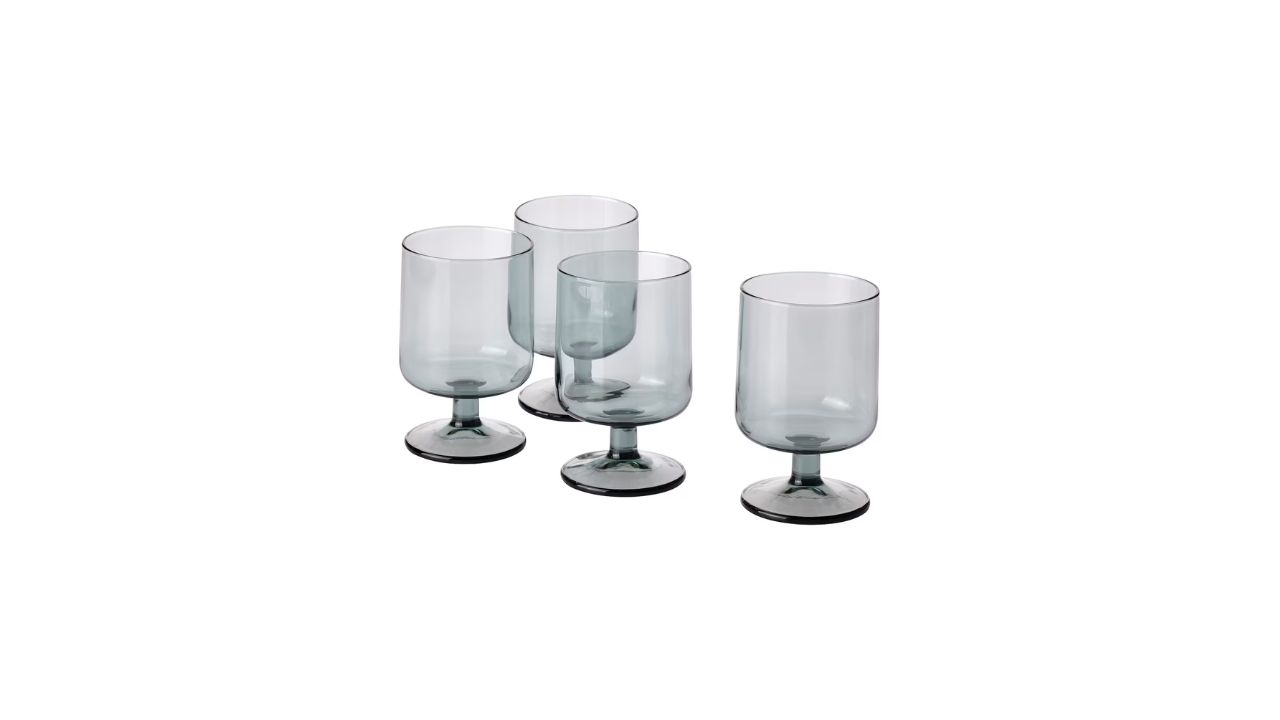
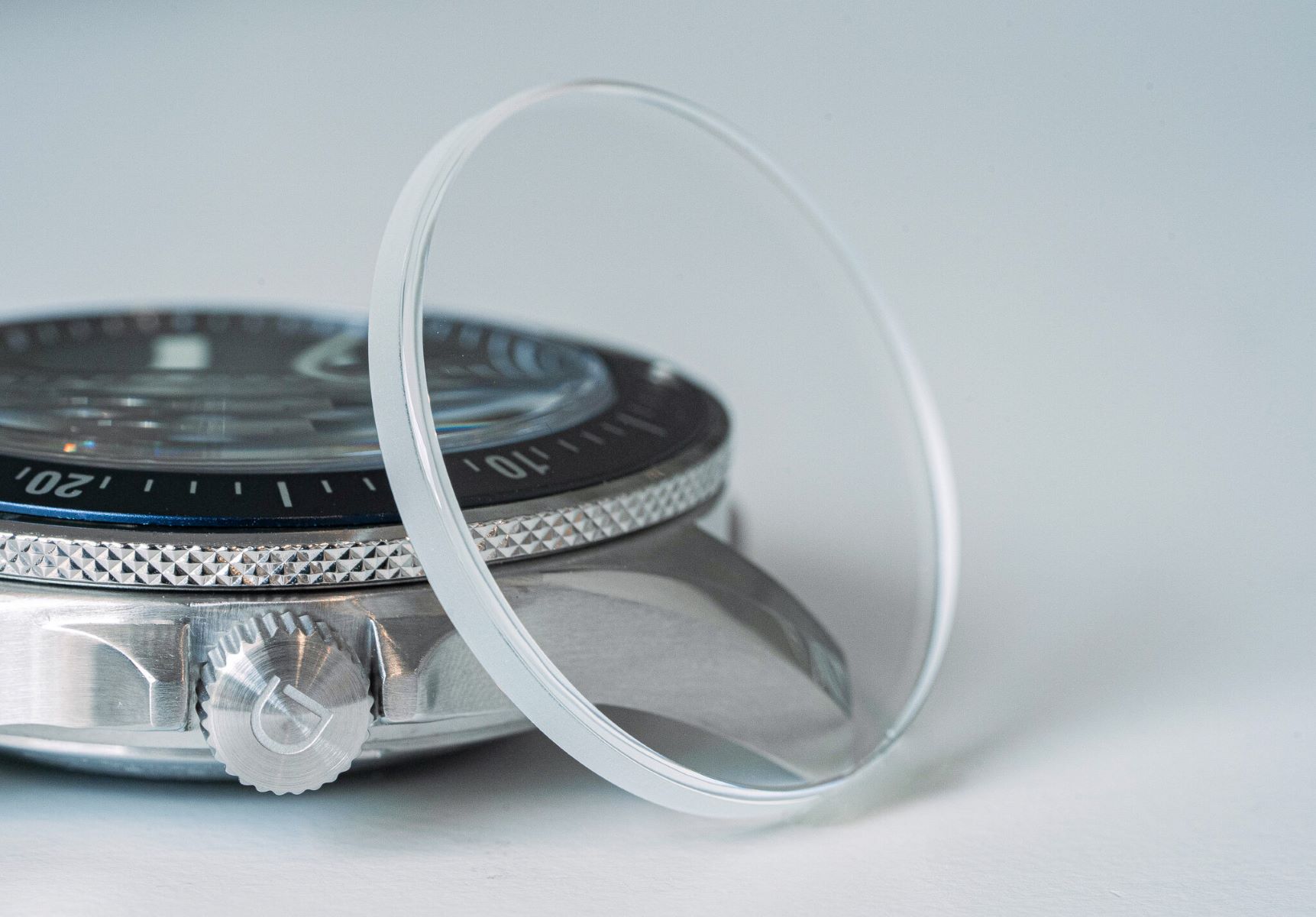

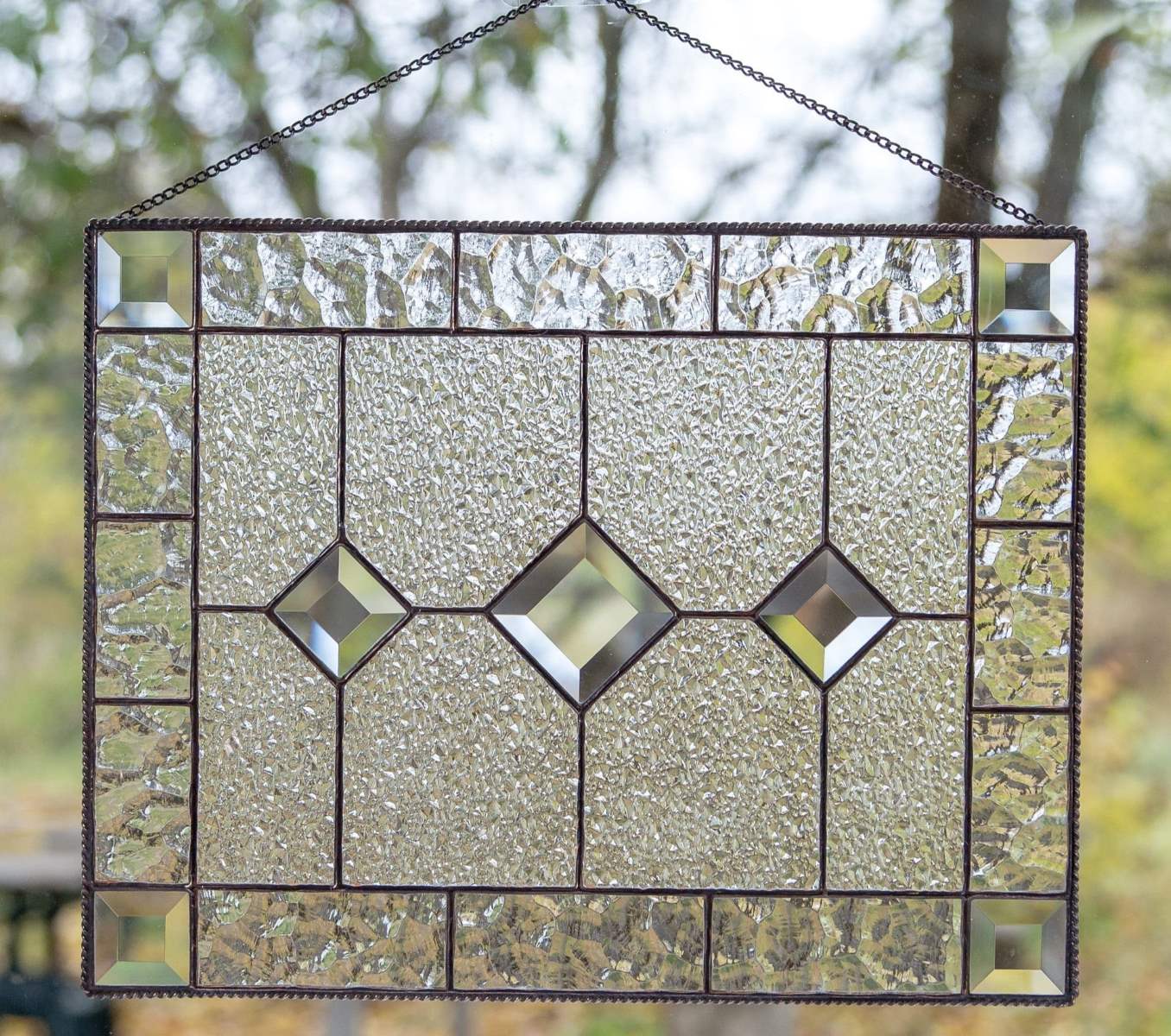
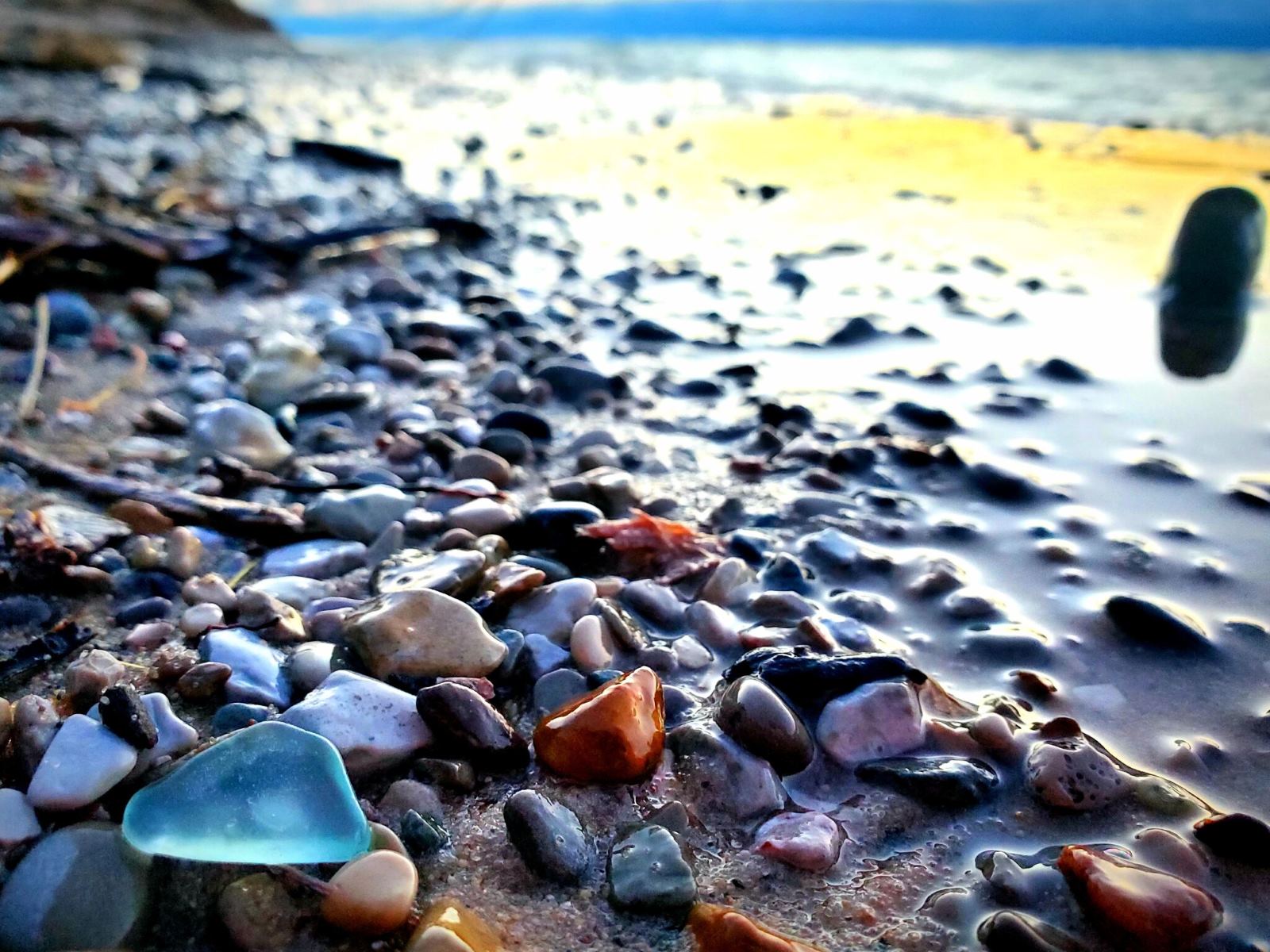

0 thoughts on “What Is Flint Glass”